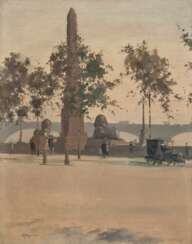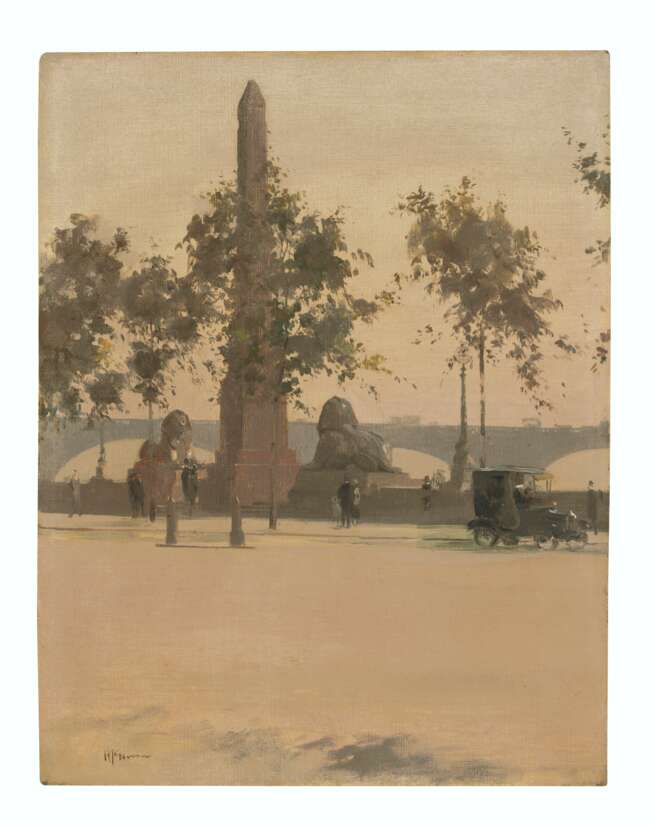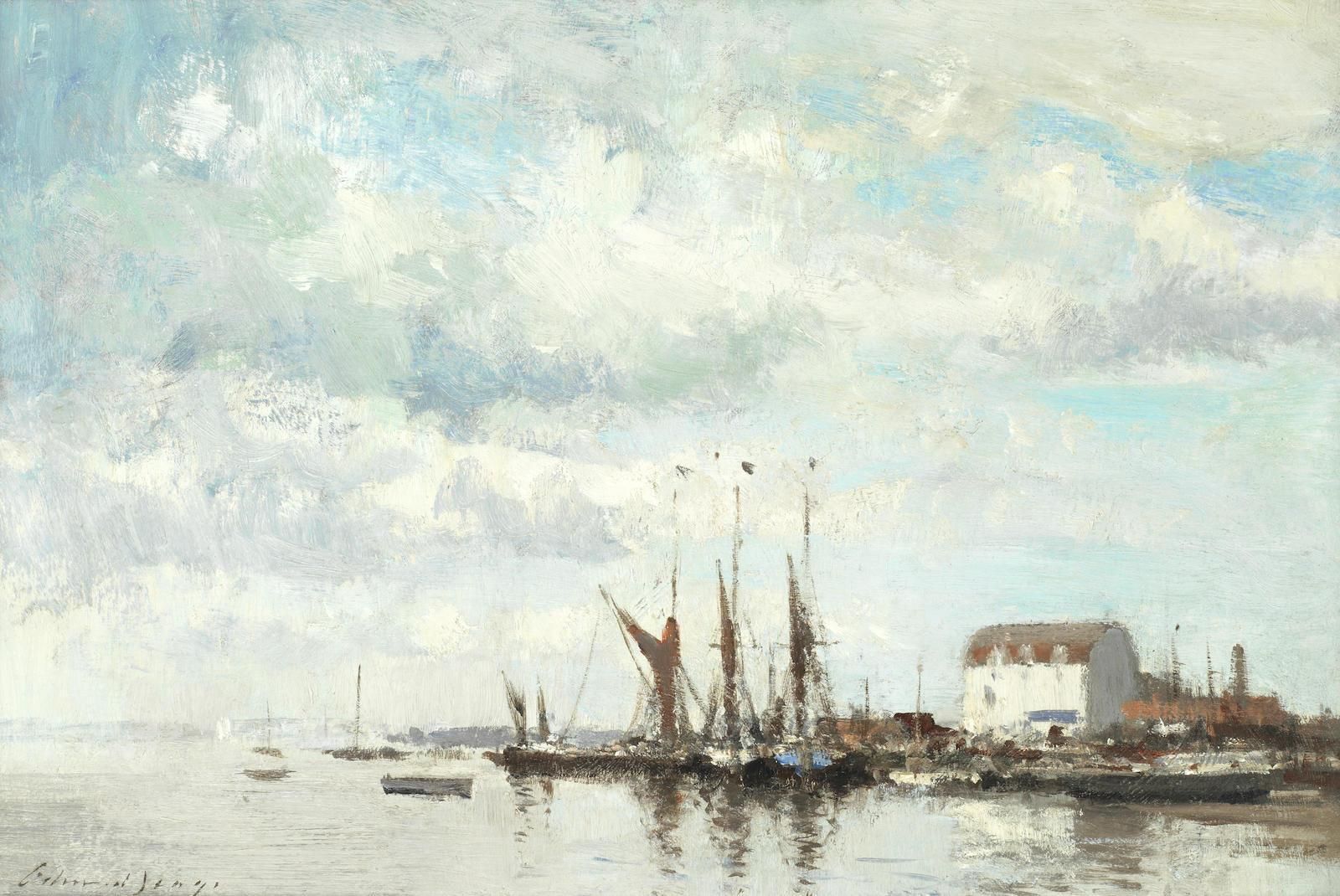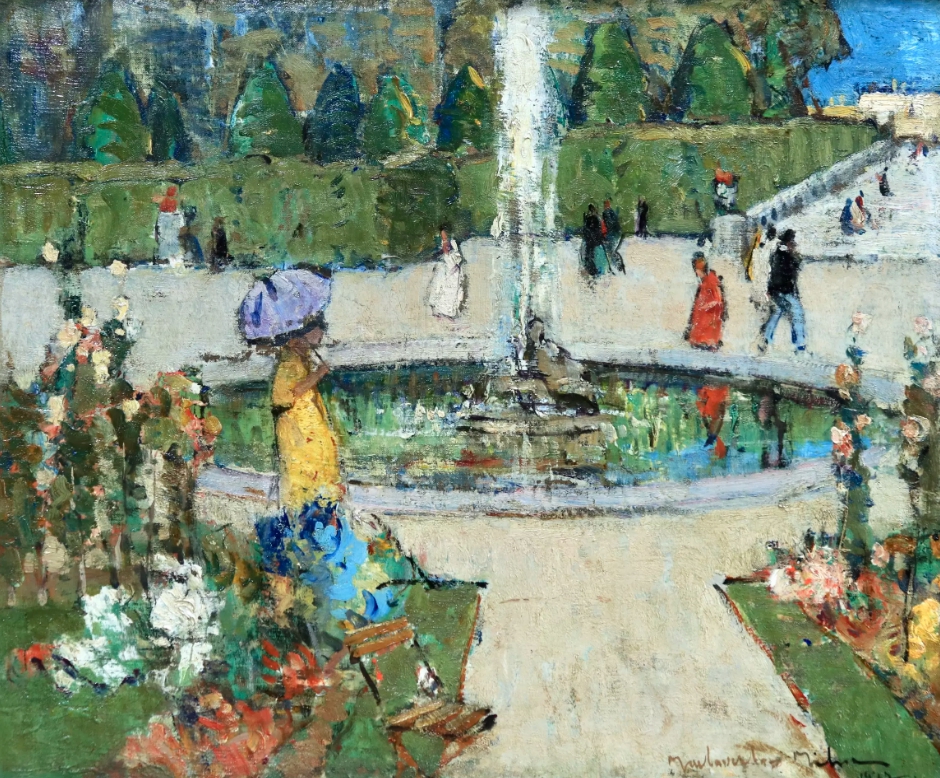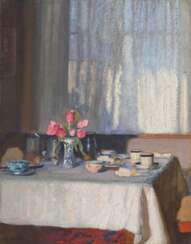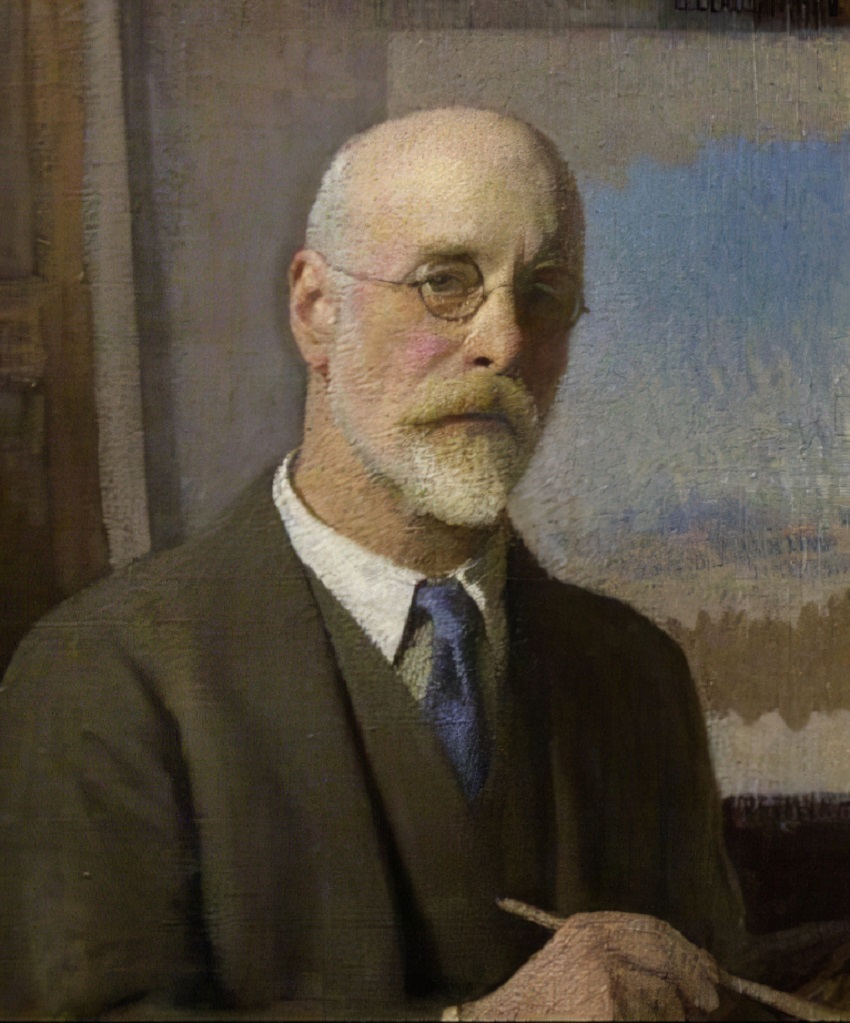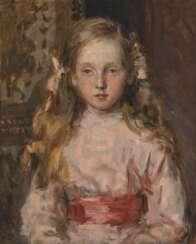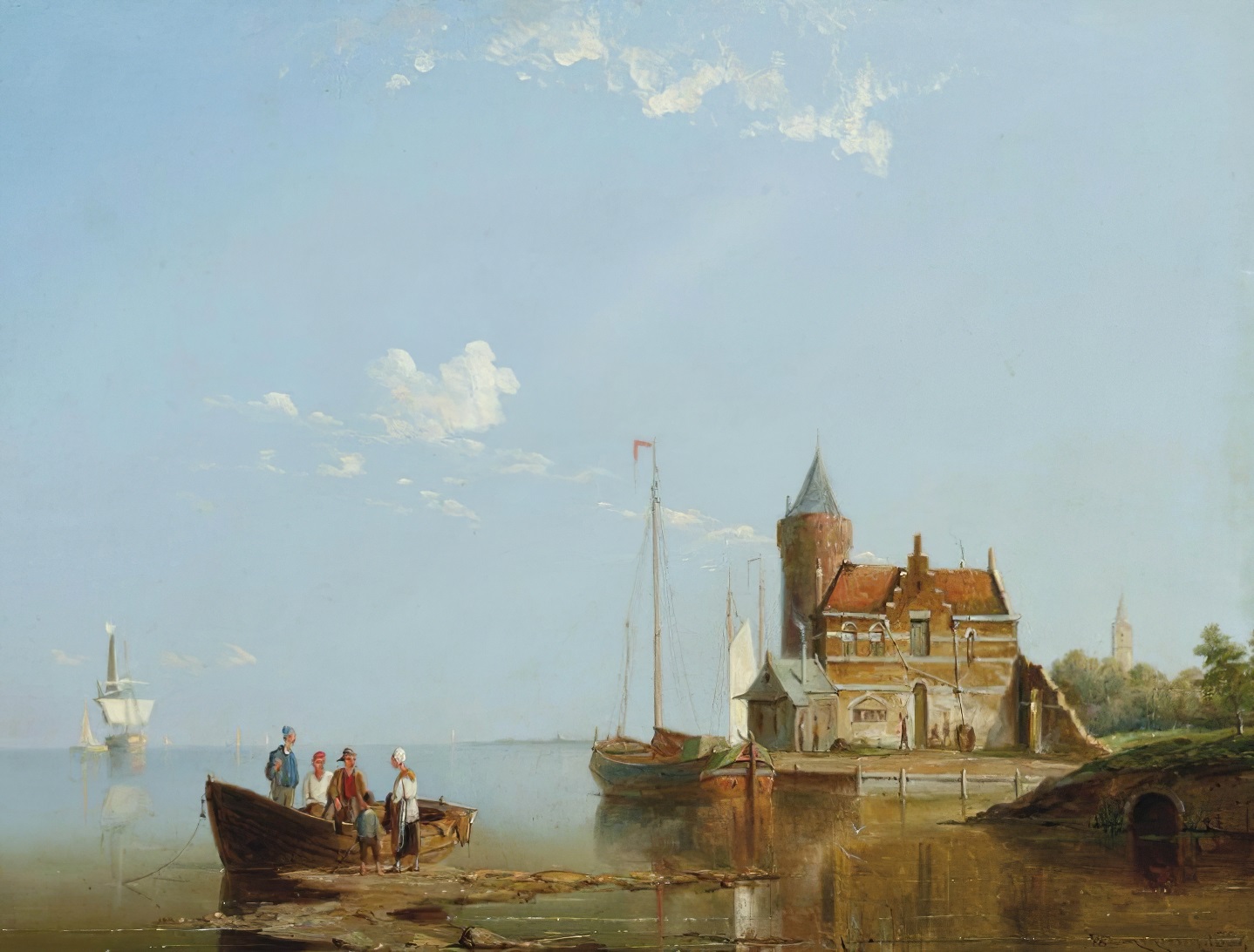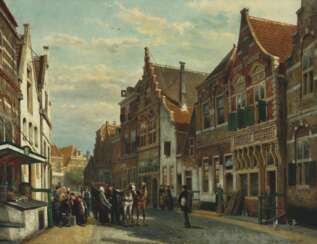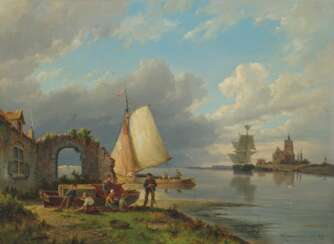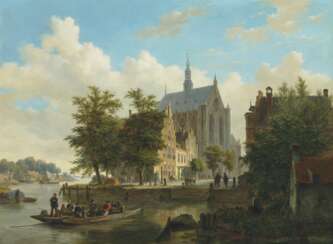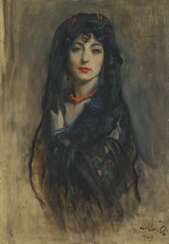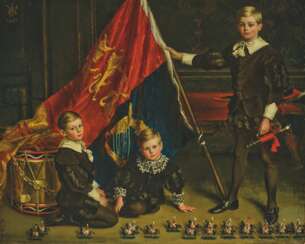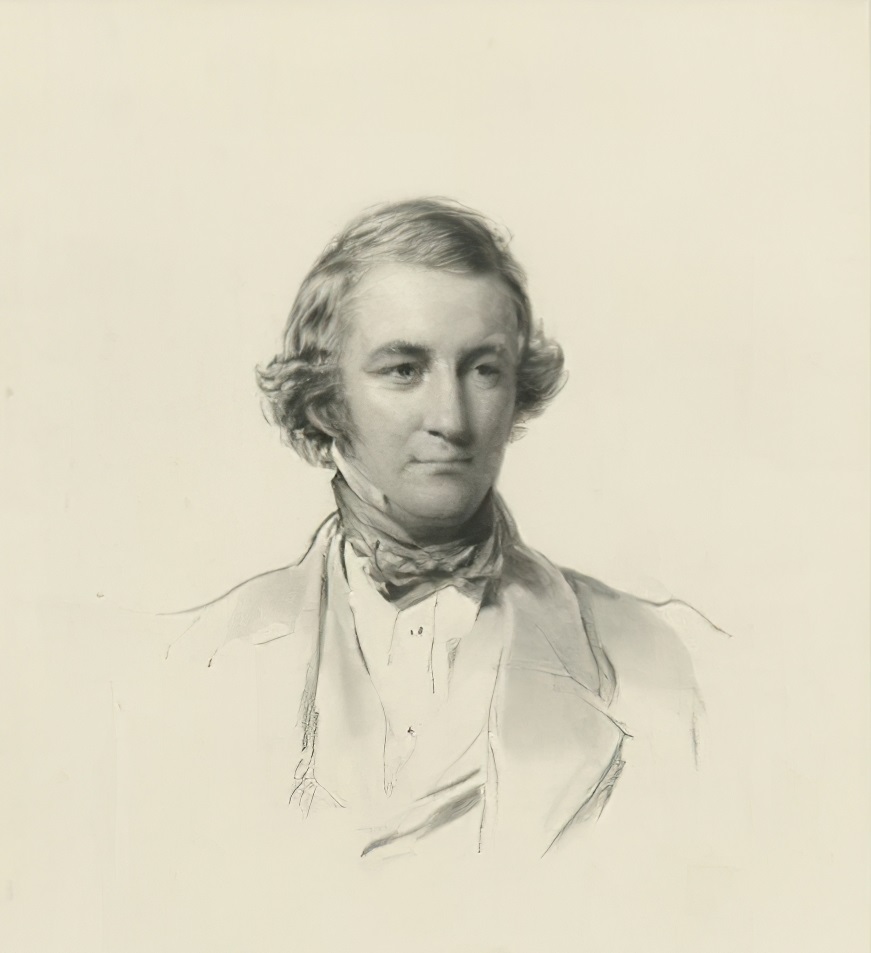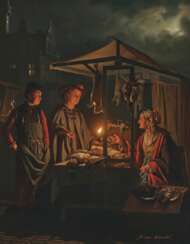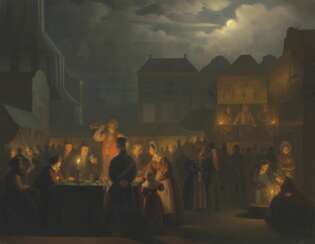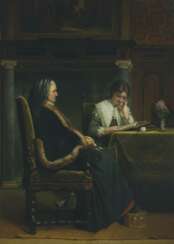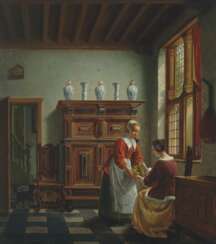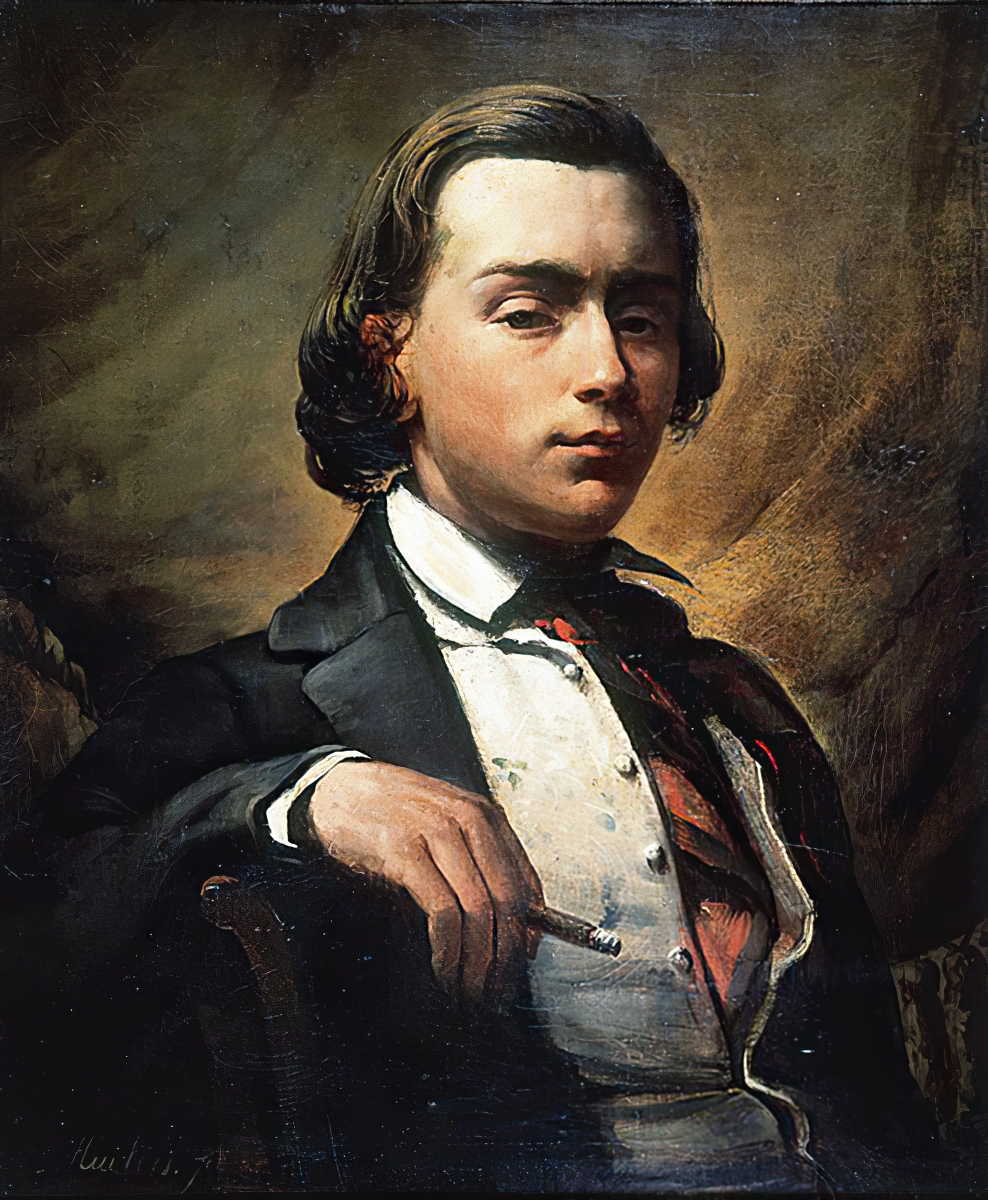
British and European Art
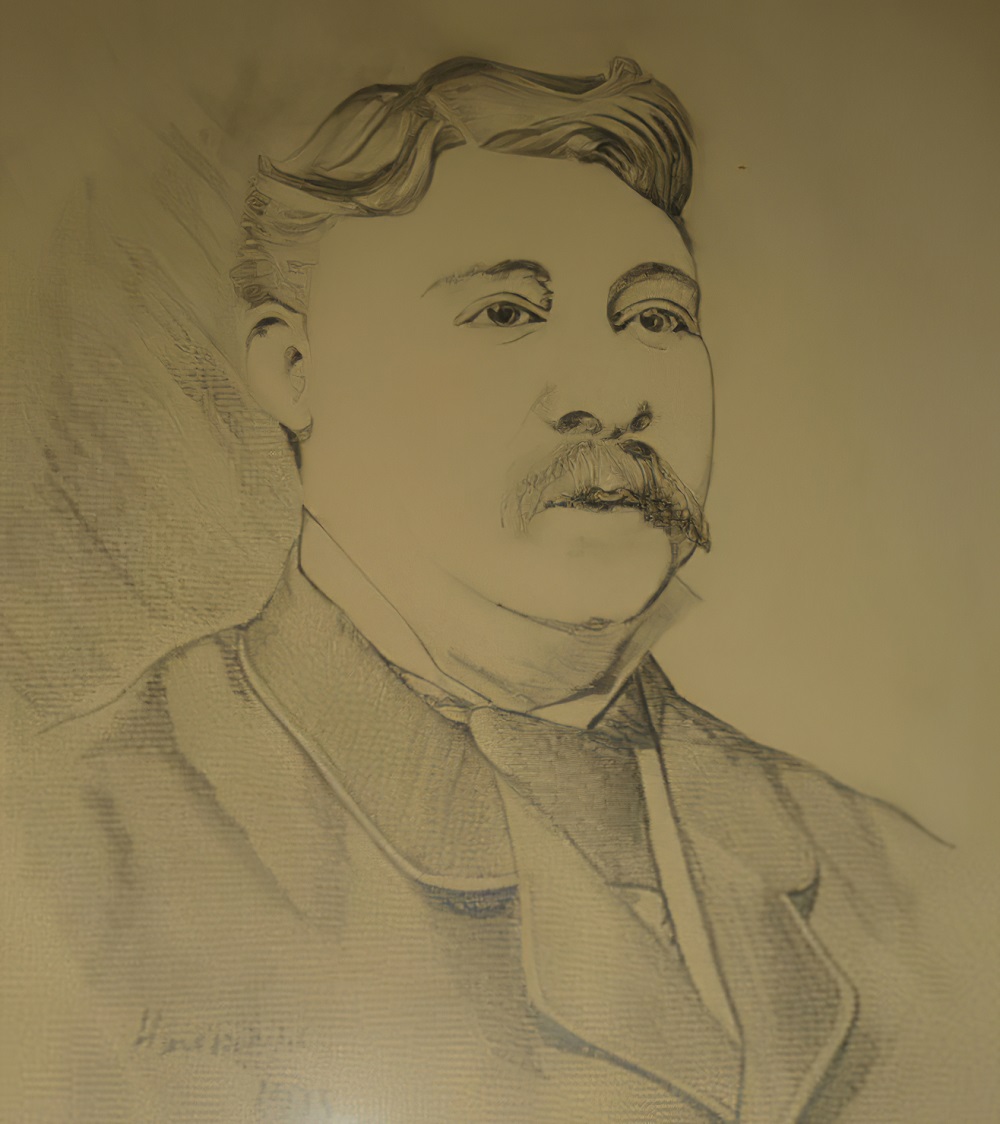
Arthur Joseph Meadows was a British marine painter. The author of numerous coastal landscapes, he also frequently painted the harbours of England, France and Holland.
His work compares favourably with most of the major 19th-century marine painters. He was able to convey the depth and vastness of the ocean with great effect.
Meadows' paintings can be found in many museums and art galleries, including the National Maritime Museum.
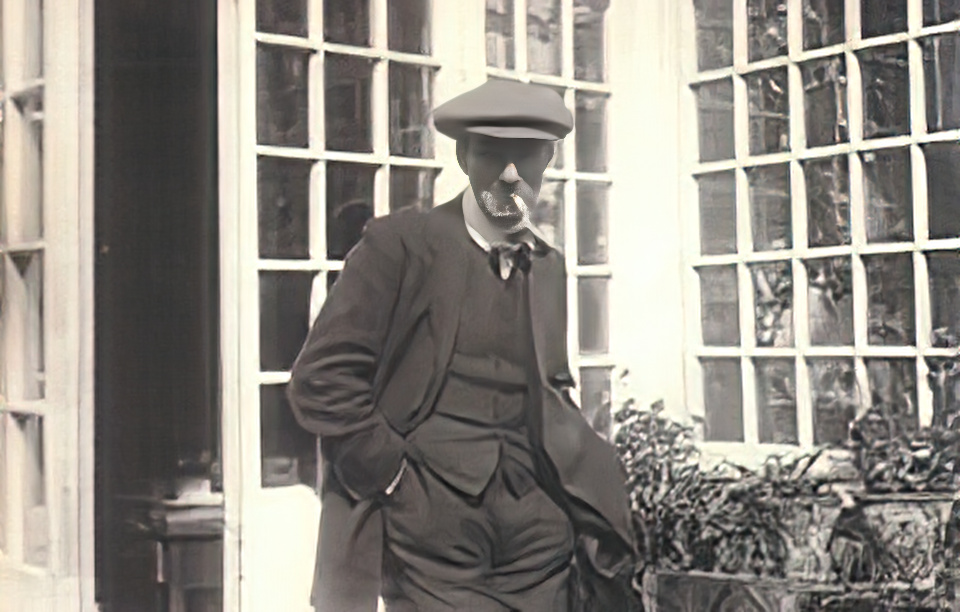
Harold Harvey was a Newlyn School painter who painted scenes of working class Cornish fishermen, farmers and miners and Cornish landscapes. He was born in Penzance and trained at the Penzance School of Arts under Norman Garstin and the Académie Julian in Paris (1894–1896).
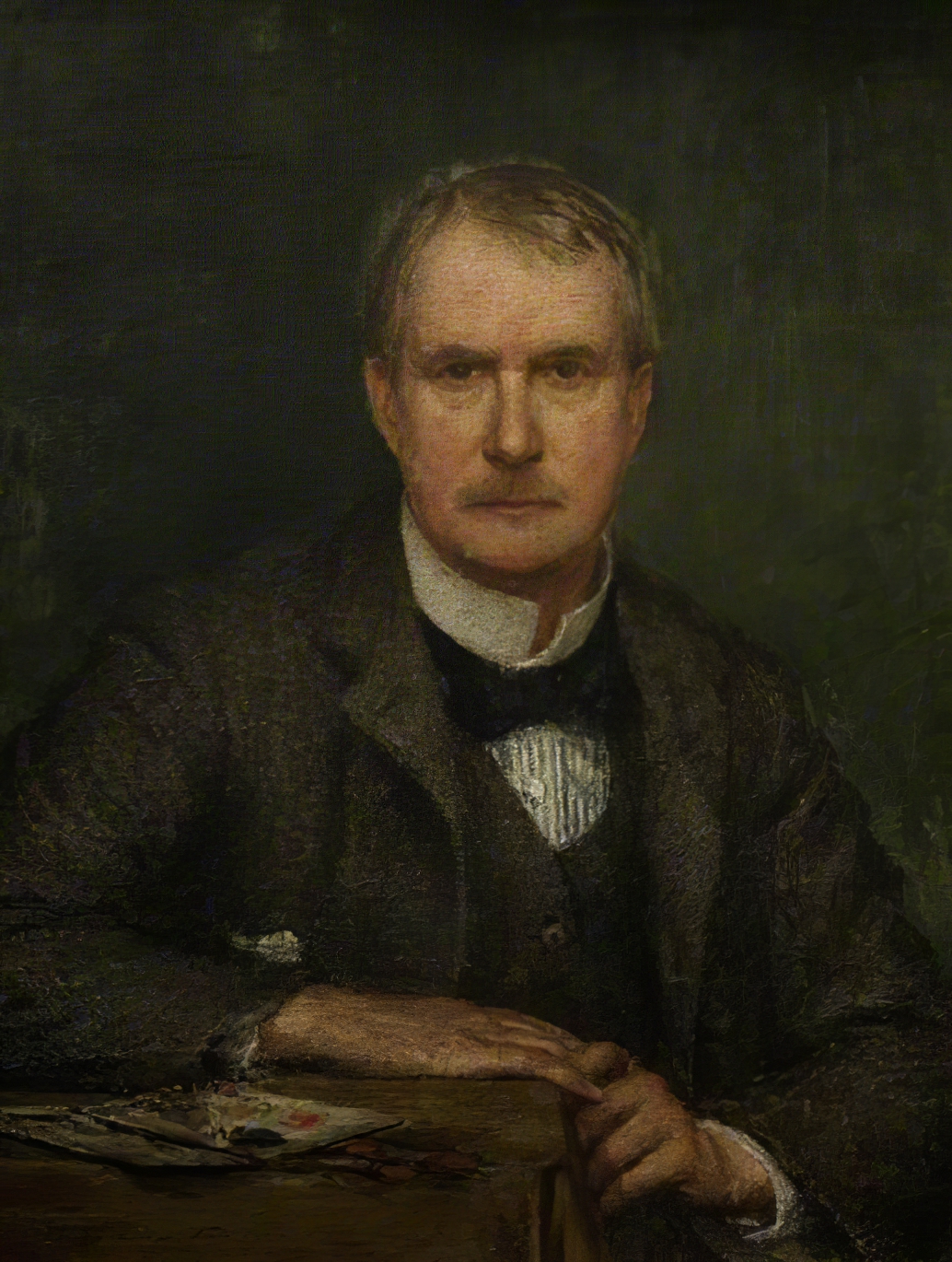
Philip Wilson Steer was a British painter of landscapes, seascapes plus portraits and figure studies. He was also an influential art teacher. His sea and landscape paintings made him a leading figure in the Impressionist movement in Britain but in time he turned to a more traditional English style, clearly influenced by both John Constable and J. M. W. Turner, and spent more time painting in the countryside rather than on the coast. As a painting tutor at the Slade School of Art for many years he influenced generations of young artists.
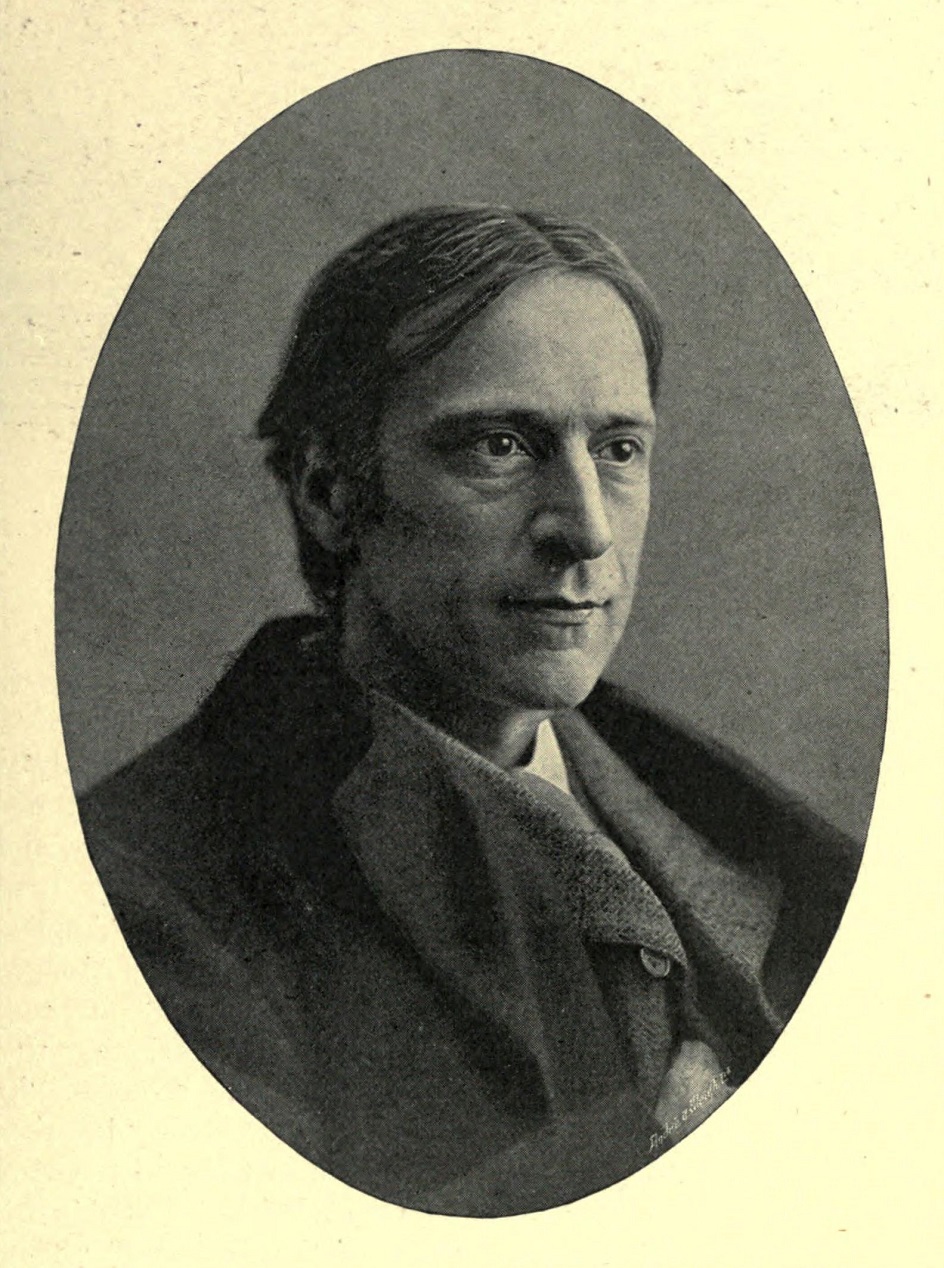
Hubert von Herkomer was a Bavarian-born British painter, pioneering film-director, and composer. Though a very successful portrait artist, especially of men, he is mainly remembered for his earlier works that took a realistic approach to the conditions of life of the poor. Hard Times (1885; Manchester Art Gallery) showing the distraught family of a travelling day-labourer at the side of a road, is one of his best-known works.

Jean Béraud was a French painter renowned for his numerous paintings depicting the life of Paris, and the nightlife of Paris society. Pictures of the Champs Elysees, cafés, Montmartre and the banks of the Seine are precisely detailed illustrations of everyday Parisian life during the "Belle Époque". He also painted religious subjects in a contemporary setting.
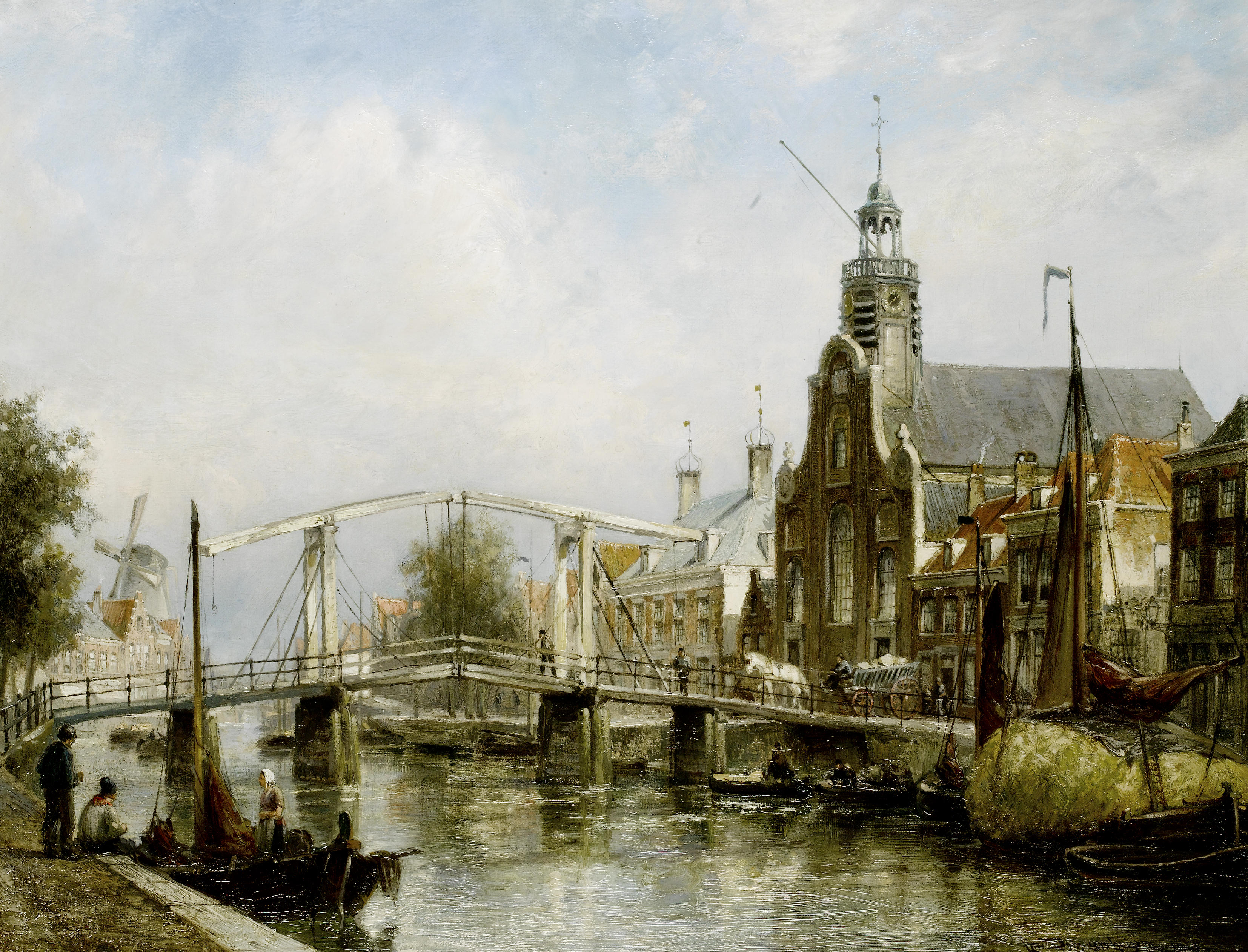
Cornelis Christiaan Dommersen, born as Dommelhuizen, was a Dutch painter and watercolourist.
Cornelis Christiaan specialized just like his brother in sea -and river scapes and coastal scenery as those paintings had found a revival during the 19th century in Europe. He traveled abroad to countries such as England, America, Belgium and France, just like his countryman Abraham Hulk Senior did. However, in the end he found satisfaction painting not only river- and seascapes in the Netherlands but also the interior of villages and towns along the rivers.

Cornelis Christiaan Dommersen, born as Dommelhuizen, was a Dutch painter and watercolourist.
Cornelis Christiaan specialized just like his brother in sea -and river scapes and coastal scenery as those paintings had found a revival during the 19th century in Europe. He traveled abroad to countries such as England, America, Belgium and France, just like his countryman Abraham Hulk Senior did. However, in the end he found satisfaction painting not only river- and seascapes in the Netherlands but also the interior of villages and towns along the rivers.
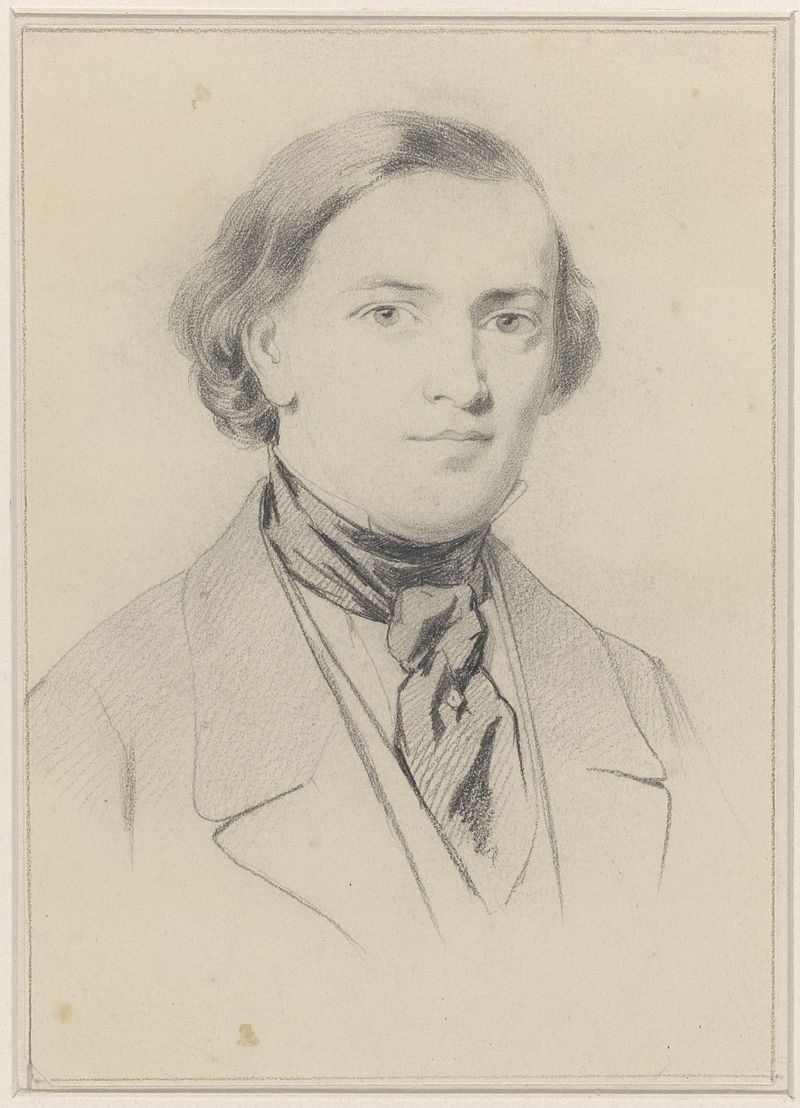
Elias Pieter van Bommel was a Dutch painter of the 19th century. He is best known as a master of the urban landscape.
Some of his works are of historical significance, in particular for the detailed and authentic way in which he depicts historic buildings and structures.
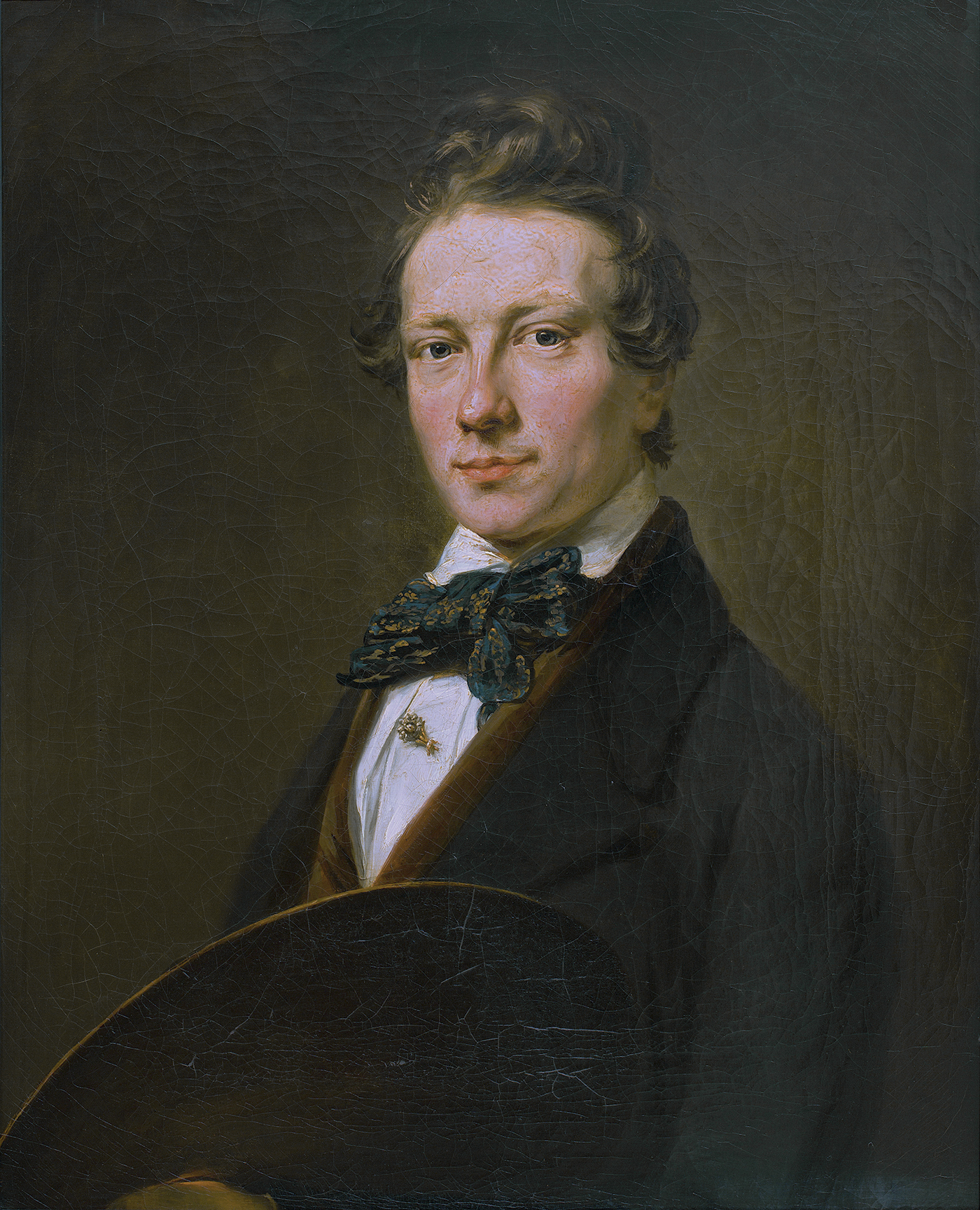
Cornelis Springer was a Dutch 19th-century cityscape painter.
He is known for watercolors, etchings, and drawings, especially of city views and town scenes that he sketched while traveling around the country.
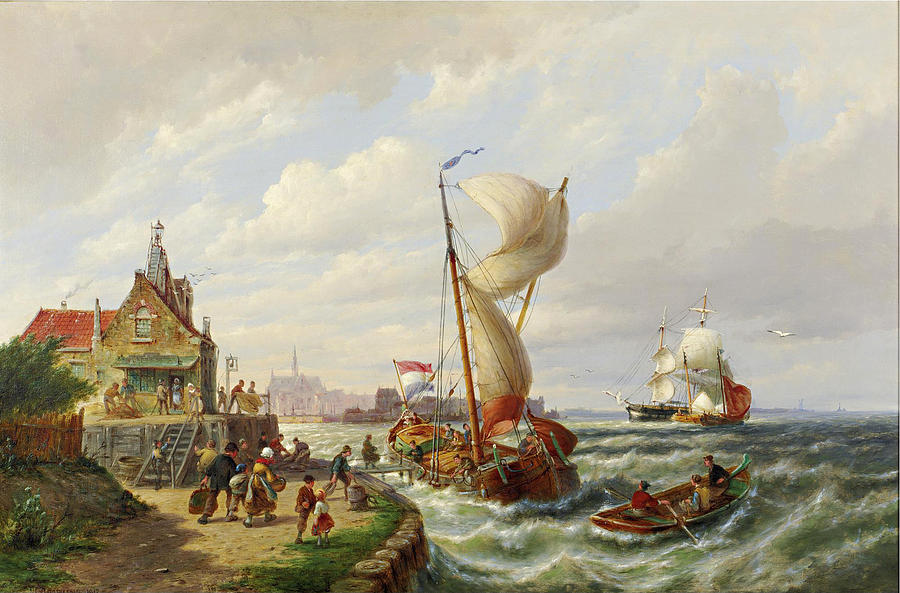
Pieter Cornelis Dommersen, born as Dommershuisen, was a Dutch painter and watercolourist active in England.
He was the elder brother of the painter Cornelis Christiaan Dommersen. His son William Raymond Dommersen (Dommerson) (1859-1927) also became a fine art artist in England, all three Dommersens painting the same genre of paintings. Pieter Cornelis specialist in sea-, land- and river-scapes.
Works of Dommersen are present in many museums such as Amsterdam, The Hague, Rotterdam, Utrecht and many museums in the United Kingdom.
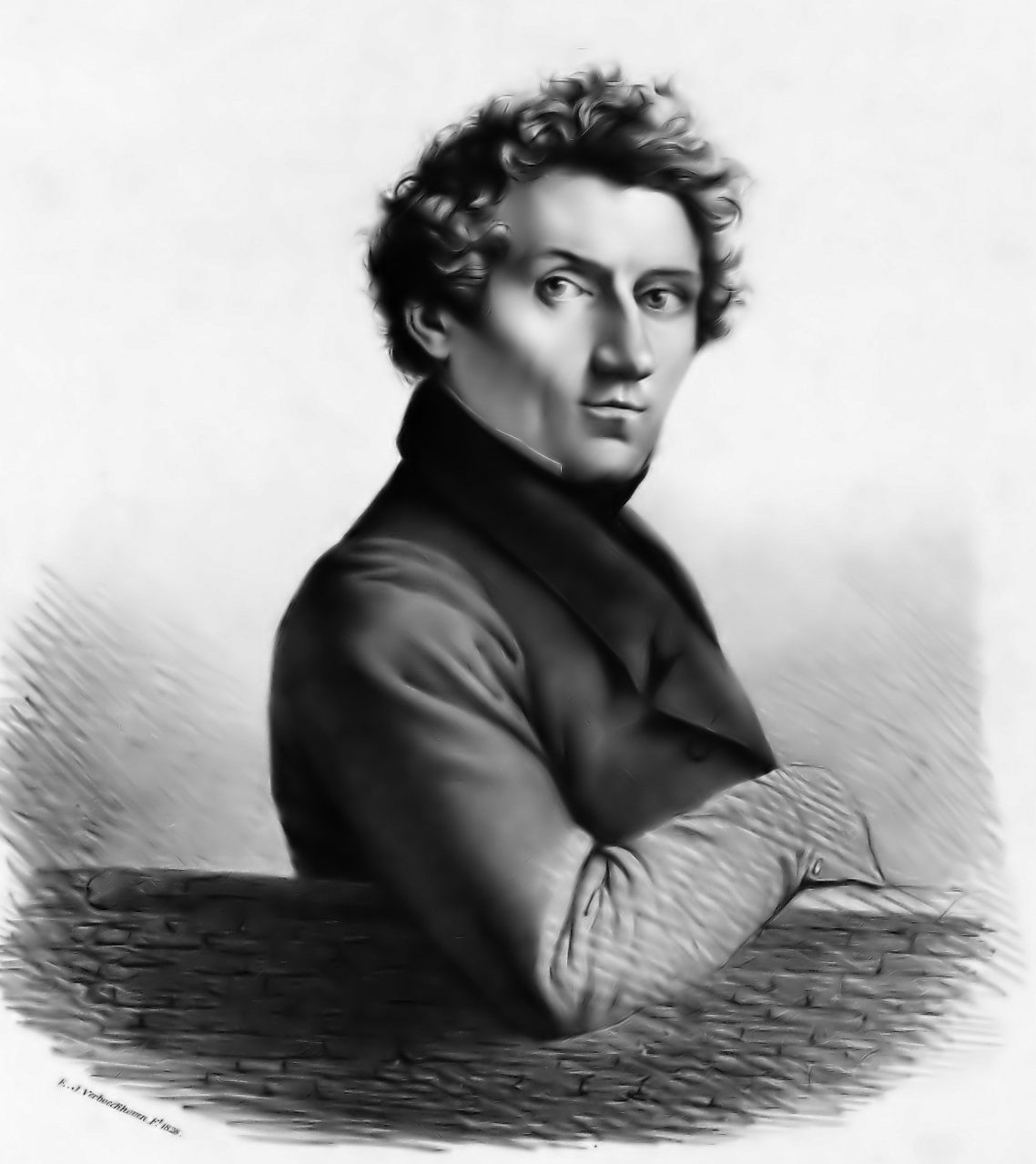
Bartholomeus Johannes van Hove was a Dutch painter and the father of Hubertus van Hove. He played an important role in the development of 19th-century painting by his many disciples. He was able to teach his skills to a large group of artists, of whom especially Johannes Bosboom and Jan Hendrik Weissenbruch would rise to great heights.
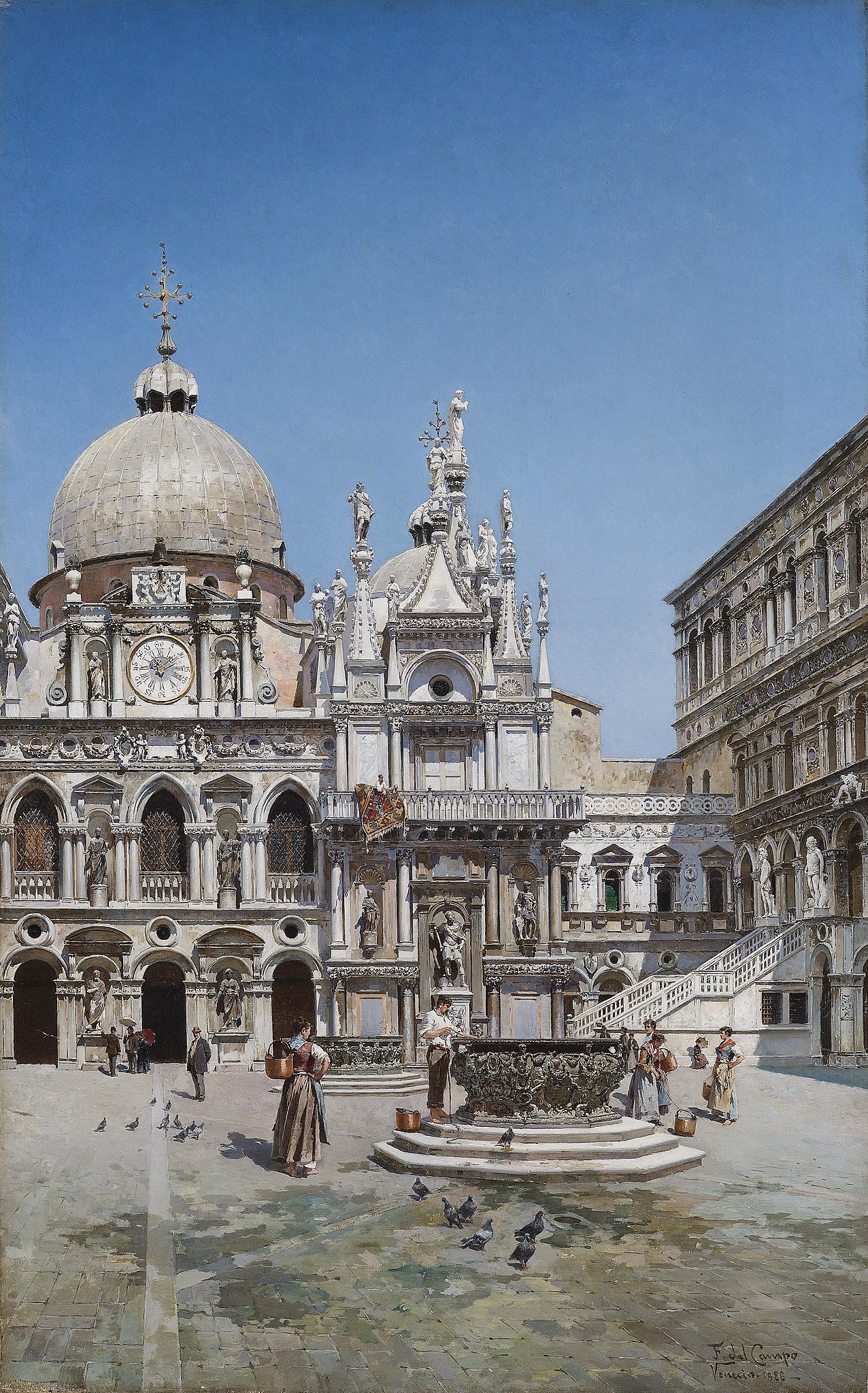
Federico del Campo was a Peruvian painter who was active in Venice where he was one of the leading vedute painters of the 19th century. Demand for his views, particularly from English tourists was so strong that he painted several views multiple times.
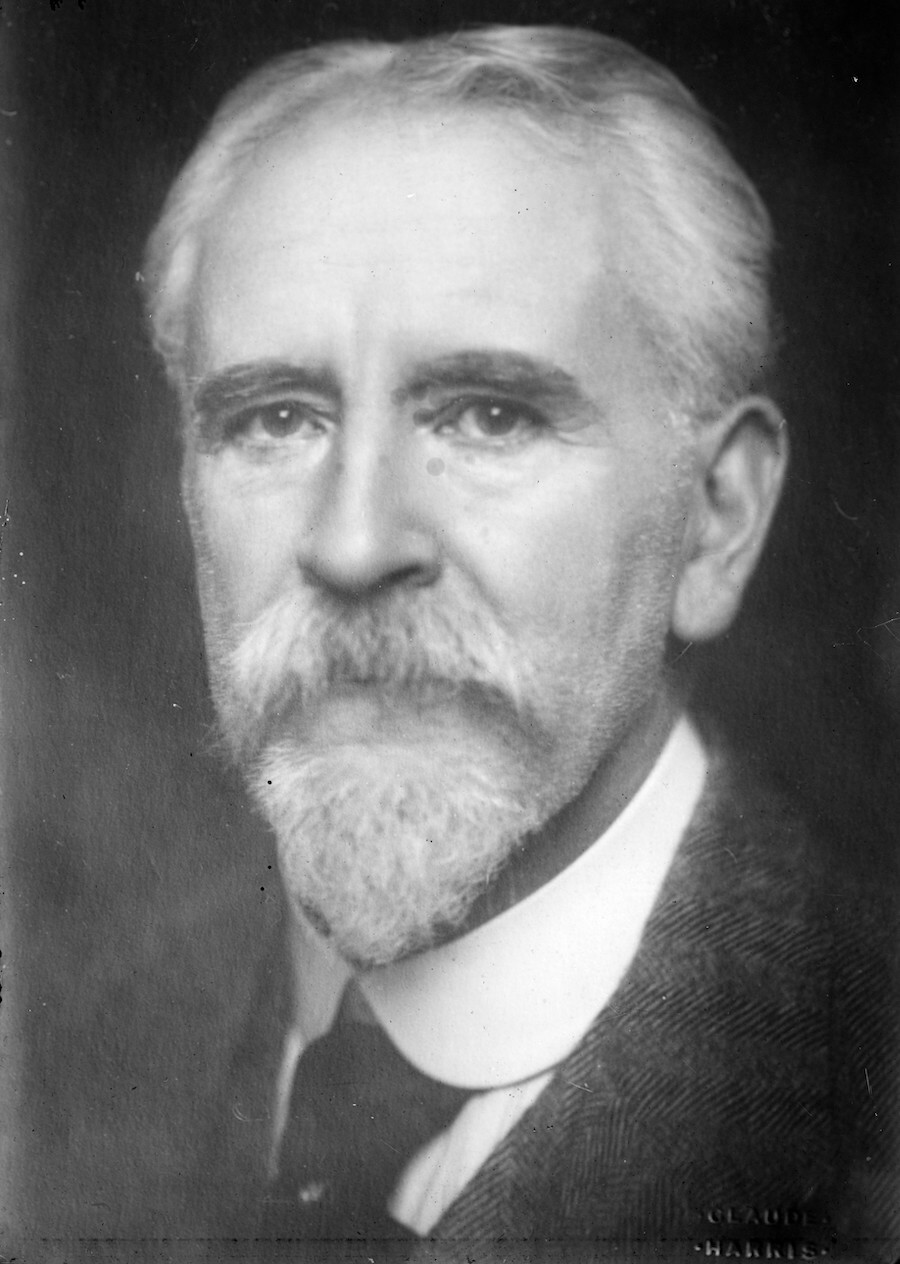
Francis Bernard Dicksee was an eminent English painter and illustrator, celebrated for his dramatic portrayals of historical, literary, and legendary themes. Born into an artistic family in 1853, Dicksee received his early education in art from his father, Thomas Dicksee, a renowned painter himself. His proficiency in art was evident from a young age, leading to his enrollment at the Royal Academy Schools at the tender age of 17.
Dicksee's works are characterized by their romantic flair and vivid storytelling. He masterfully blended color, emotion, and detailed historical settings to create captivating scenes. His most notable works include "The Funeral of a Viking" (1893), housed at the Manchester Art Gallery, and "The Two Crowns" (1900), celebrated for its striking medieval pageantry. These paintings, along with others like "Romeo and Juliet" (1884) and "Chivalry" (1885), exemplify his skill in romantic and historical portrayals.
Throughout his career, Dicksee remained true to his Victorian roots, often expressing skepticism towards modernism in art. His dedication to traditional artistic values led to his election as the President of the Royal Academy in 1924, a position that reflected his standing and contributions to the art world. Despite his reservations about modern artistic trends, Dicksee's work continued to resonate with audiences, cementing his legacy as a quintessential Victorian artist.
Dicksee's influence extended beyond the canvas; his paintings like "The Funeral of a Viking" found a place in popular culture, being used as album covers by bands like Bathory. His comprehensive portfolio, documented by Simon Toll in a 2016 publication, reveals a rich tapestry of portraits, historical scenes, and romantic depictions, offering a window into the Victorian era's artistic sensibilities.
For art collectors and enthusiasts, Dicksee's work represents a significant chapter in the history of English painting. His paintings, often featuring dramatic and emotional scenes, are not just artistic masterpieces but also historical documents that capture the essence of an era.
To stay informed about new discoveries and sales related to Francis Bernard Dicksee's works, sign up for updates. This subscription is an excellent resource for collectors and art experts, providing timely information on auction events and product sales related to this influential artist.
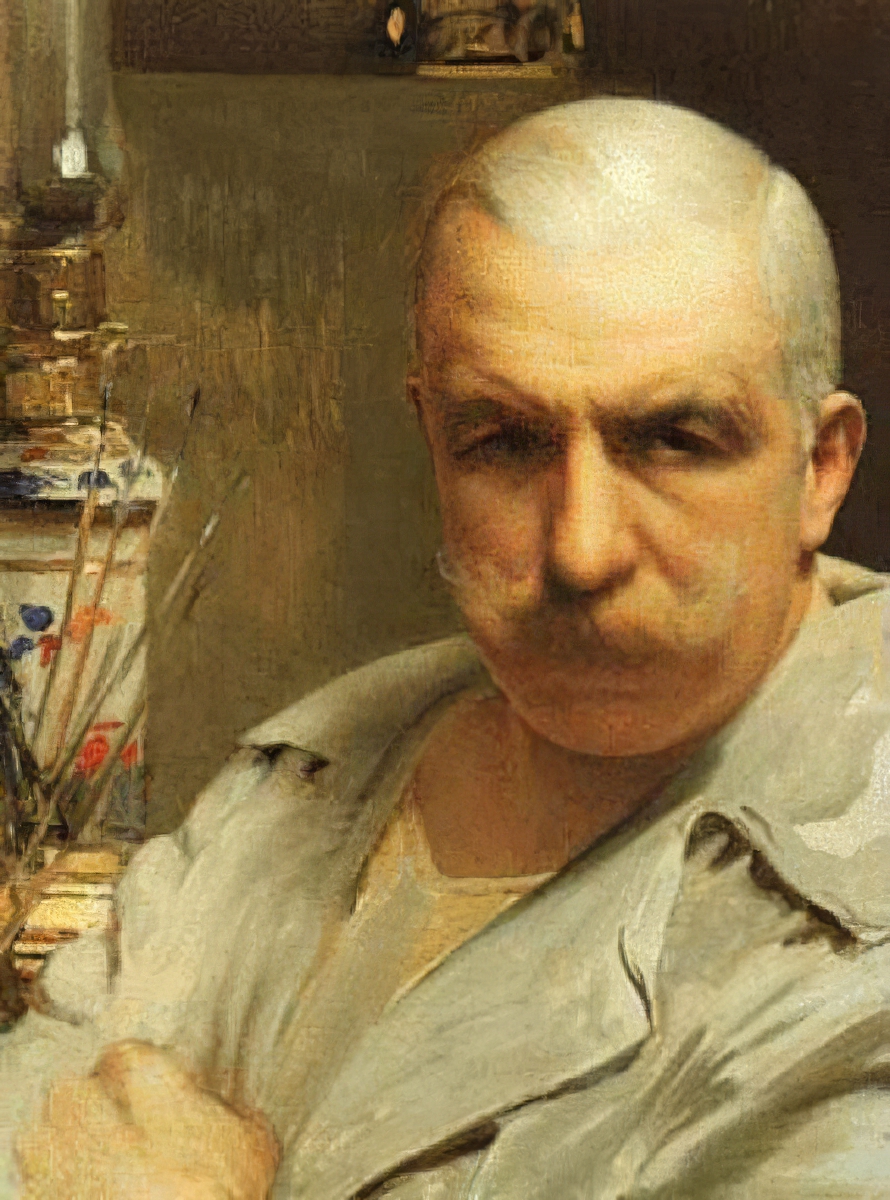
Vittorio Matteo Corcos was an Italian painter, known for his portraits. Many of his genre works depict winsome and finely dressed young men and women, in moments of repose and recreation.
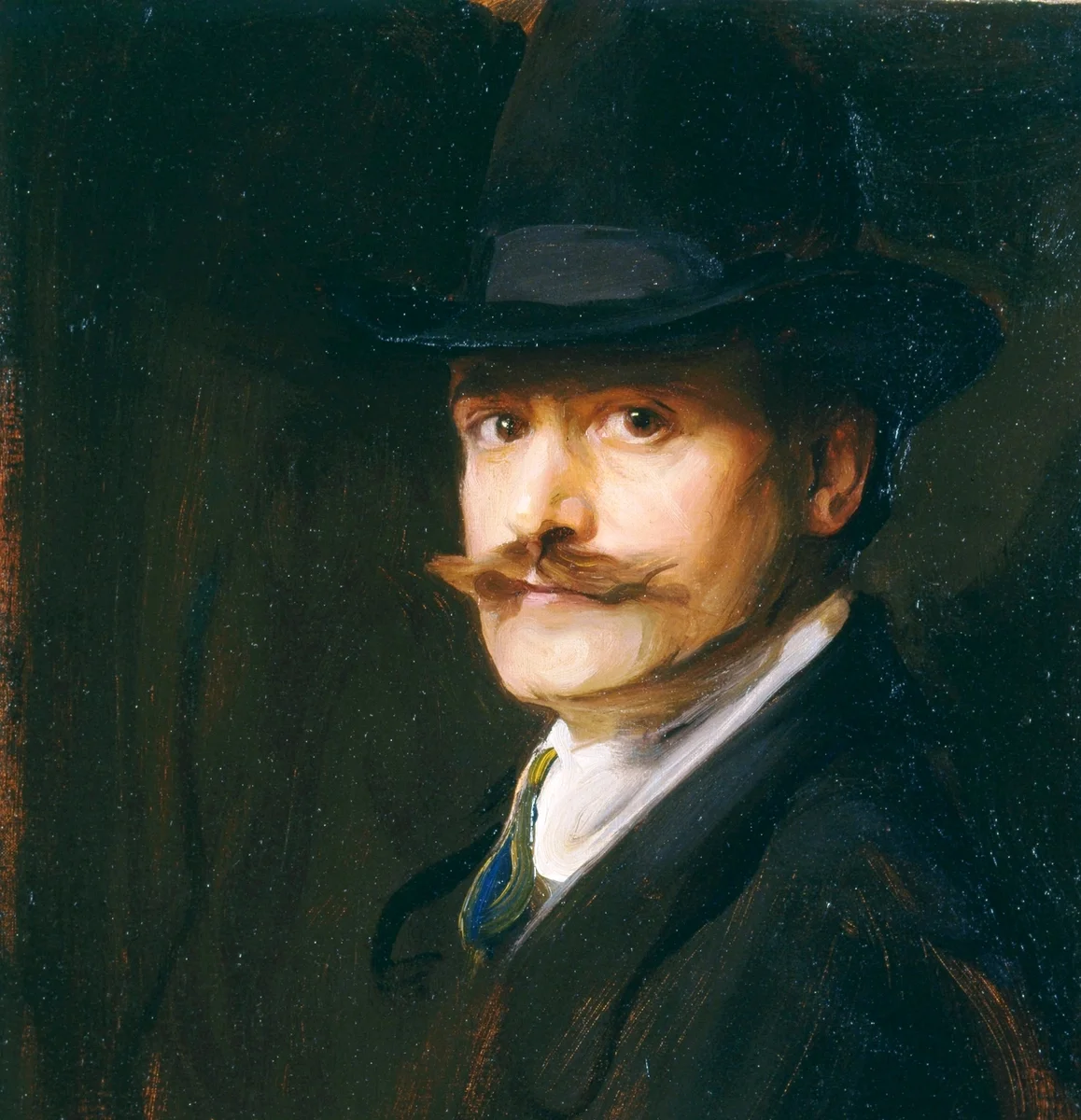
Philip Alexius de László, an Anglo-Hungarian artist renowned for his portraiture, captured the likenesses of many notable figures from European royalty to prominent societal personalities. Born in 1869 in Hungary and later becoming a British citizen in 1914, de Philip László's work is celebrated for its vibrant realism and intimate depiction of character, making him a favorite among high society across Europe and beyond.
Philip De László's artistry earned him numerous honors, including being ennobled in Hungary and receiving medals from British royalty. Despite his accolades and successful integration into British society, he faced internment during World War I, which was a significant period of adversity in his otherwise illustrious career. His legacy includes over 4,000 works, with portraits housed in prestigious institutions like the National Portrait Gallery in London.
His subjects spanned a wide array of influential figures including Emperor Franz Joseph of Austria, U.S. President Calvin Coolidge, and Queen Marie of Romania. These portraits are not merely artistic renditions but historical documents that offer a glimpse into an era defined by its cultural and political complexities. His works continue to be studied and admired for their technical excellence and historical significance, making them highly valuable to collectors and experts in art and antiques.
For those interested in staying updated on exhibitions, sales, or auctions related to Philip Alexius de László's works, subscribing for notifications can provide timely information and opportunities to acquire pieces by this distinguished artist. This ensures that enthusiasts and collectors don't miss out on important events tied to his enduring artistic legacy.
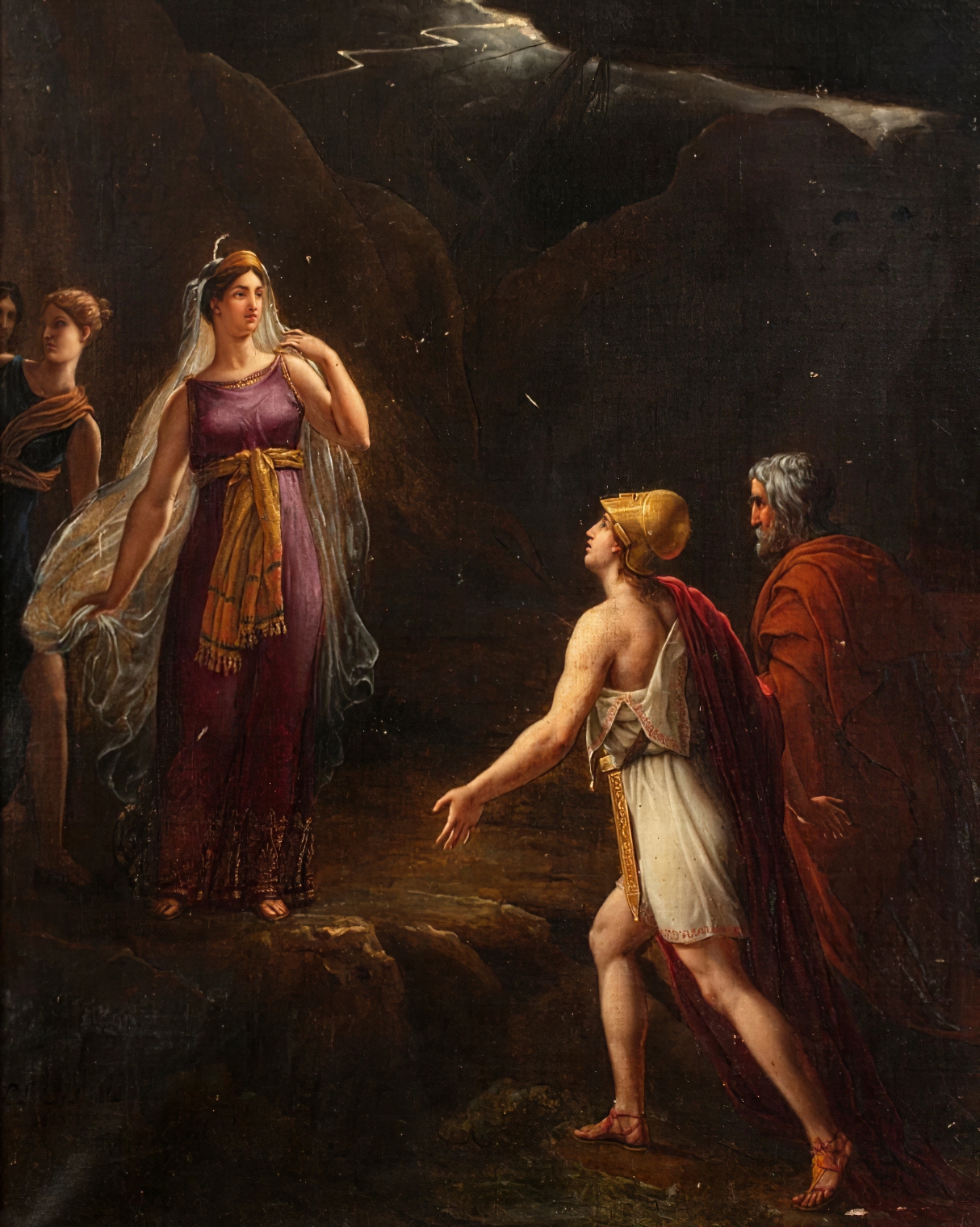
Pierre-Louis Delaval was a French artist, best known for his painting Can Gao, Chinese from Cayenne.
Early in his career the artist imitated Giroud-Triozon in his work, but later showed himself as a brilliant colourist and designer, though without much talent or originality.
His contemporaries felt that he was best suited to historical and religious subjects. Portraits are now considered the most valuable part of Pierre-Louis Delaval's legacy.
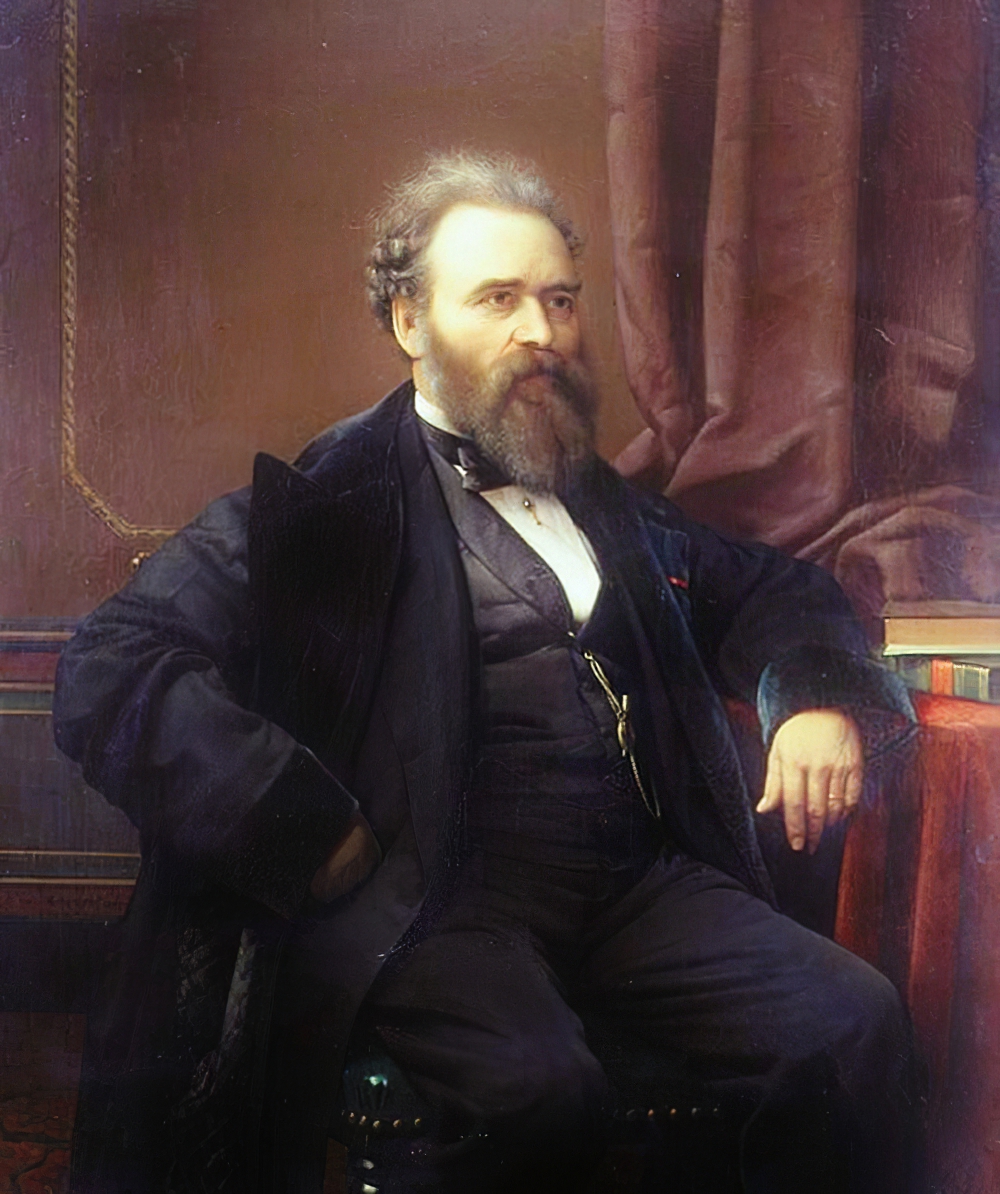
Petrus van Schendel was a Dutch-Belgian genre painter in the Romantic style who specialized in nighttime scenes, lit by lamps or candles. This led to him being known as "Monsieur Chandelle".

Petrus van Schendel was a Dutch-Belgian genre painter in the Romantic style who specialized in nighttime scenes, lit by lamps or candles. This led to him being known as "Monsieur Chandelle".
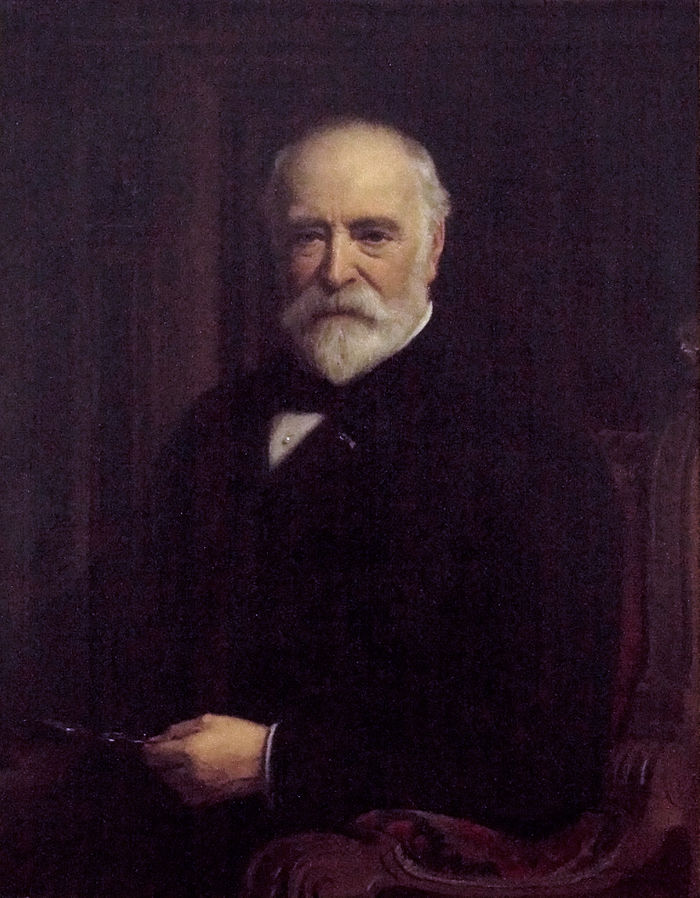
Hendrik Jacobus Scholten was a 19th-century painter from the Netherlands. He was a pupil of Petrus Franciscus Greive and Lambertus Johannes Hansen. In 1852 he became a member of the Royal Academy of Art in Amsterdam, and was a member of the Amsterdam art societies Arti et Amicitiae, Kunstbevorderend Genootschap V.W., and Vereeniging Sint Lucas. He was also a member of art societies in other towns. He became art curator of the Teylers Stichting in 1872, which manages the art collection of the Teylers Museum. In that capacity he wrote a catalog of the museum's collection, that was published in 1904. He painted several paintings that hang in the museum's galleries, as well as decorations in the Teyler's fundatiehuis, where he lived and worked from 1863 until his death.
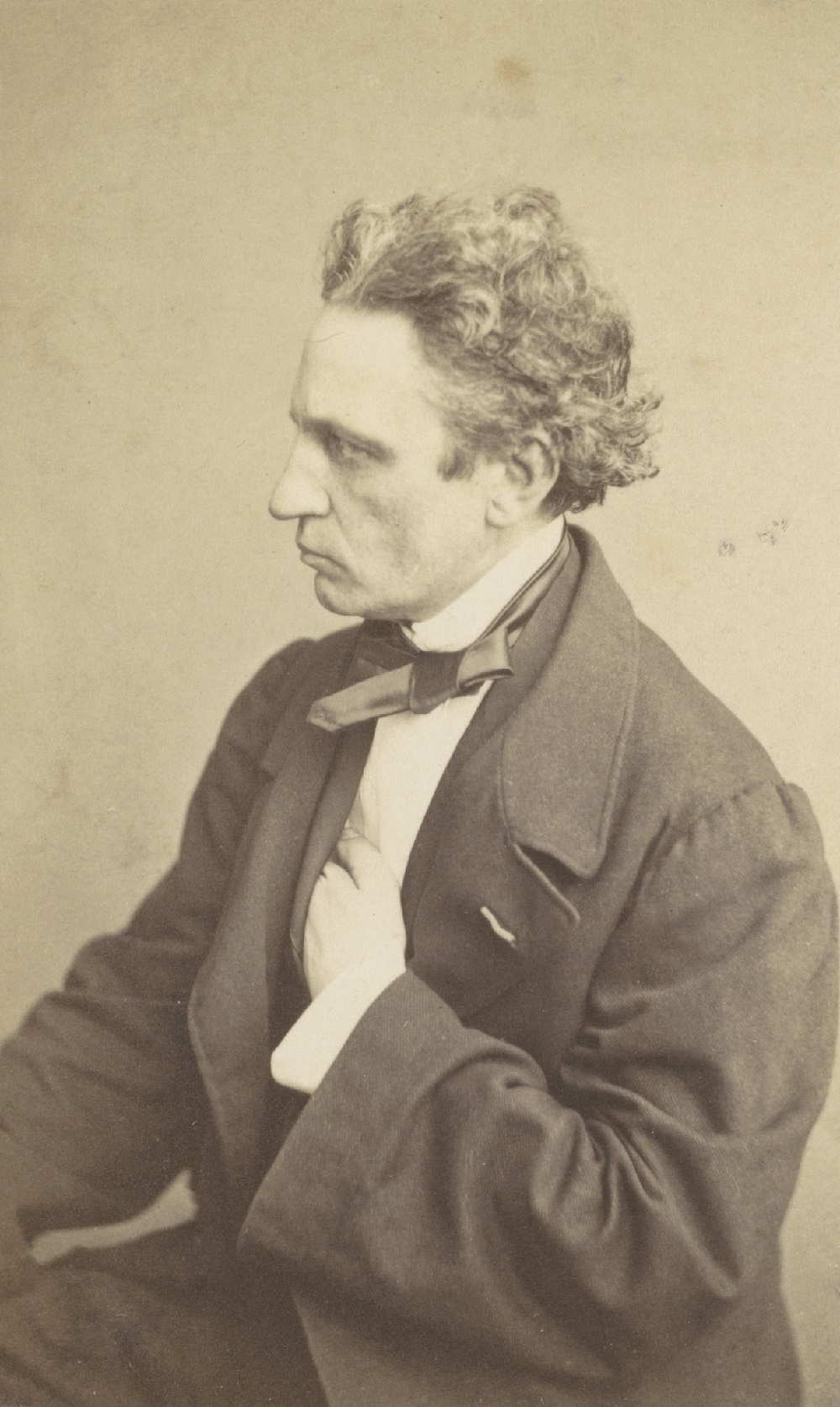
Hubertus (Huib) van Hove was a Dutch painter, son of Bartholomeus van Hove and teacher of some of the painters who later became members of the Hague School.
Hubertus van Hove began as a landscape painter, but his best works belong to other genres. Van Hove's love of colour and bright light was evident in his domestic scenes in the style of Pieter de Hoch, depicting street views viewed through the door of a room or kitchen. The Teyler Museum holds a superb example of his work The Knitter, a painting with a lively composition and a brighter and fresher colouring.
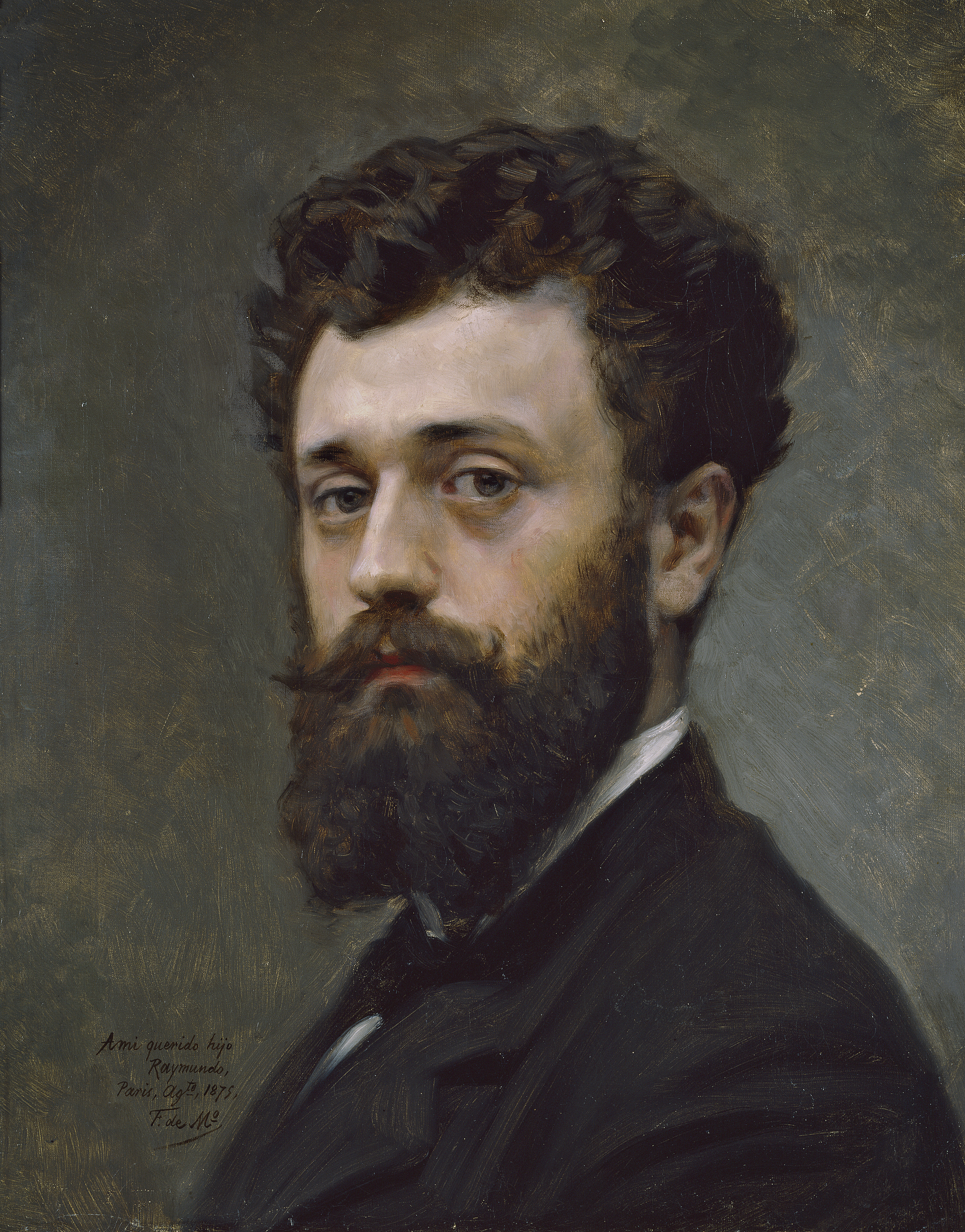
Raimundo de Madrazo y Garreta was a Spanish painter from the Madrazo family of artists who worked in the Realistic style, although his later work shows signs of Rococo and Japanese influence. He was known primarily for his genre paintings and portraits.
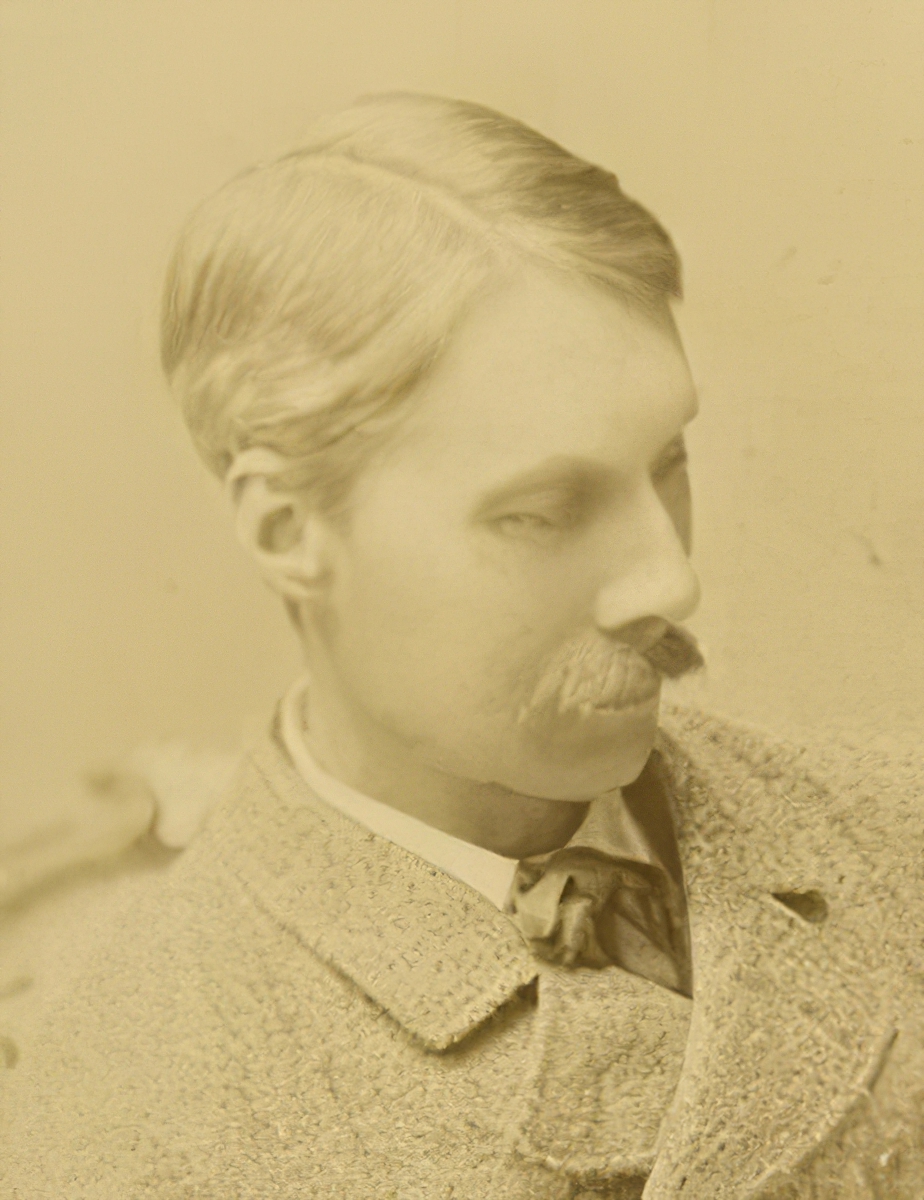
Albert Goodwin was a British landscapist specialising in watercolours. His work shows the influences of Turner and the Pre-Raphaelite Brotherhood.
Goodwin was a prolific artist, producing over 800 works and continuing to paint well into his eighties. His wide variety of landscape subjects reflected his love of travel and show the influence of Turner, with whom he felt a strong affinity. In later works he developed experimental techniques such as using ink over water color to achieve atmospheric lighting effects. His works are also an important record of social history.


